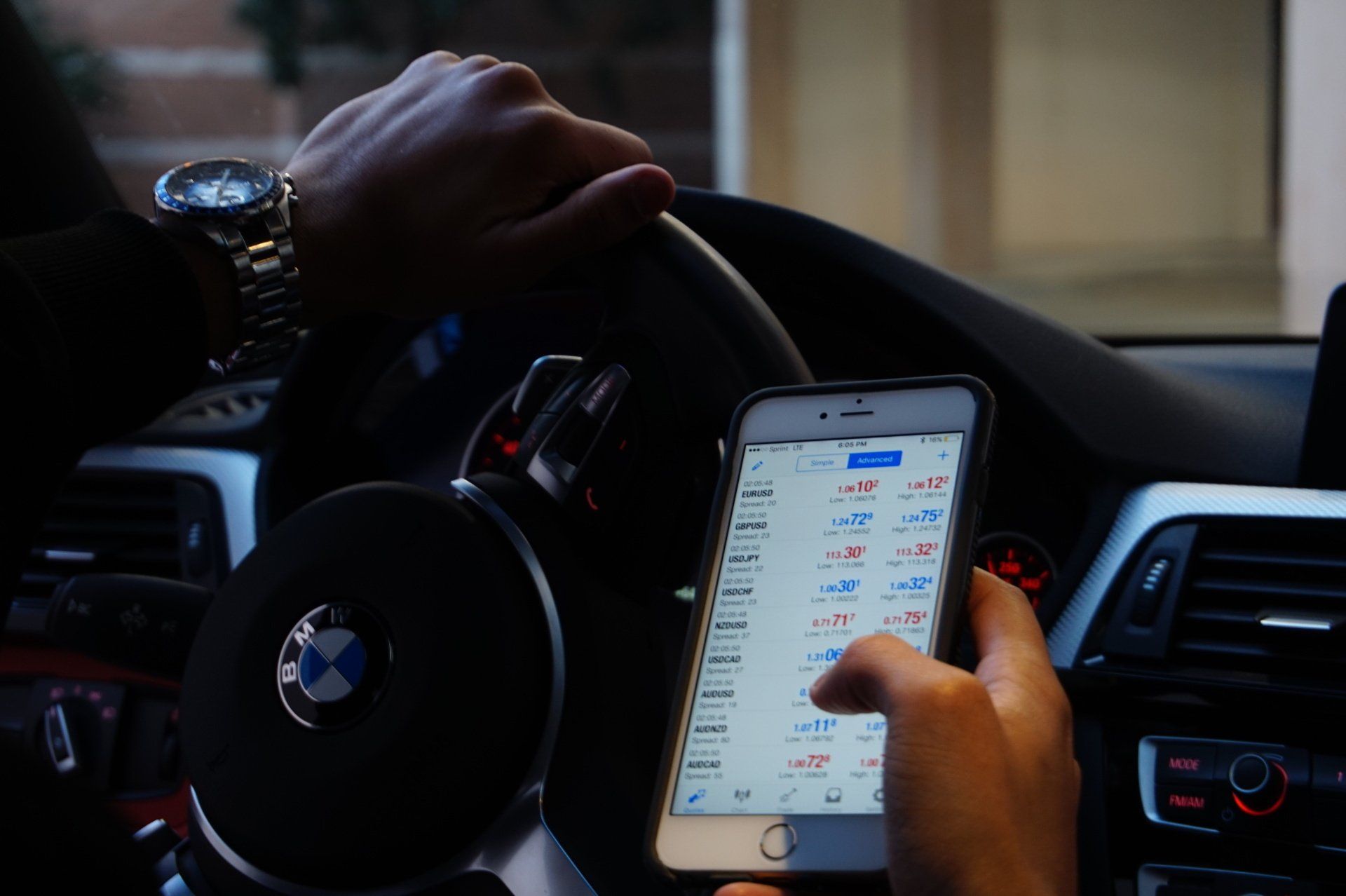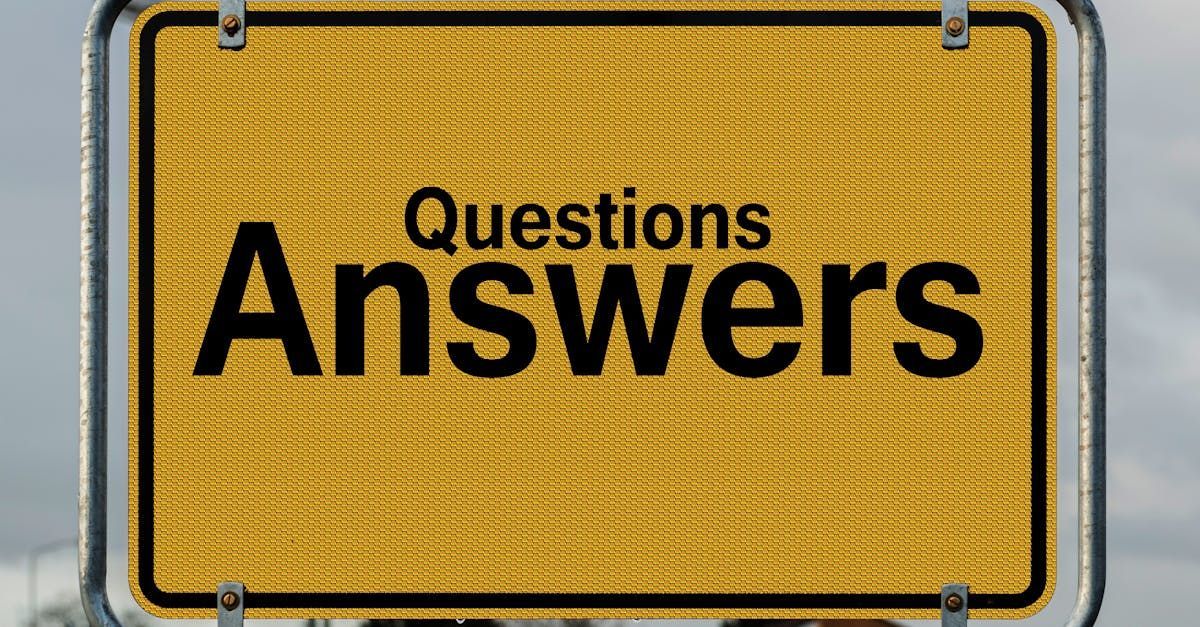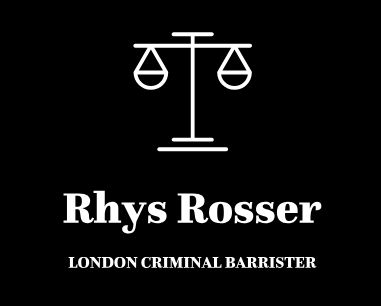Mobile Phone Whilst Driving - the New Definition of Use
The Law has changed which means that the provisions relating to mobile phone use have become far stricter.

The Original Offence
In 2003, the Road Vehicles (Construction and Use) (Amendment) (No. 4) Regulations 2003 was introduced. This made it unlawful to use a mobile phone whilst driving. This amended the original legislation which were the Road Vehicles (Construction and Use) Regulations of 1986.
The Prosecution therefore needed to prove only that the device was a mobile telephone and the device was being "used" for interactive communication.
DPP v Barreto [2019] - the meaning of "use"
The position remained unclear because the legislation never defined the meaning of "use". This meant that different Courts took different approaches. This was until 2019 and the case of DPP v Barreto. The case of Barreto defined "use" as when the device was engaged in two-way data communication. This meant that, for example, if someone was taking a photo or checking the time no offence would be committed.
The New Amendments - The Broad Definition of "Use"
On 25th March , the legislation was amended. This was because the case of Barreto meant that there was much more scope for people to have a defence to the charge. The Government took the view that a mobile phone now did much more than interactive communication and so the legislation needed to be broadened.
This led to the introduction of The Road Vehicles (Construction and Use) (Amendment) (No. 2) Regulations 2022. When legislation is introduced, there are often explanatory notes attached. These notes are particularly important for this offence because they state that the offence “will cover any device which is capable of interactive communication even if that functionality is not enabled at the time". This means that even if the device is in flight mode, it is considered to be being "used".
As a result, even if a driver is only doing one of the following, they can still be charged with the offence:
- illuminating the screen;
- checking the time;
- checking notifications;
- unlocking the device;
- making, receiving, or rejecting a telephone or internet based call;
- sending, receiving or uploading oral or written content;
- sending, receiving or uploading a photo or video;
- utilising camera, video, or sound recording functionality;
- drafting any text;
- accessing any stored data such as documents, books, audio files, photos, videos, films, playlists, notes or messages;
- accessing an application;
- accessing the internet
What Defences Remain?
The new legislation did help to some extent, it made clear that there are some specific occasions when an offence is not committed:
- Where a vehicle is stationary;
- The device is being used to make a contactless payment which is received at the same time as payment is being made.
The explanatory notes also say that using a mobile phone for navigation will continue to be legal, as long as it is kept in a cradle and not in the driver’s hand.
It is also permissible to use a mobile device to make a phone call to the emergency services.
It is vital to have legal representation at an early stage so that if there is a defence, it is explored and the police are put on notice that you will be robustly represented.
What About Time Limits?
It is important to remember that the statutory time-limits apply to an alleged offence of using a mobile phone whilst driving. The Police should still inform the driver within 14 days that they may be prosecuted for an offence and proceedings must be commenced (i.e. the charge laid/requisition sent) within 6 months of the date of the offence.
Fill in the Below to Contact Rhys and to obtain legal advice










